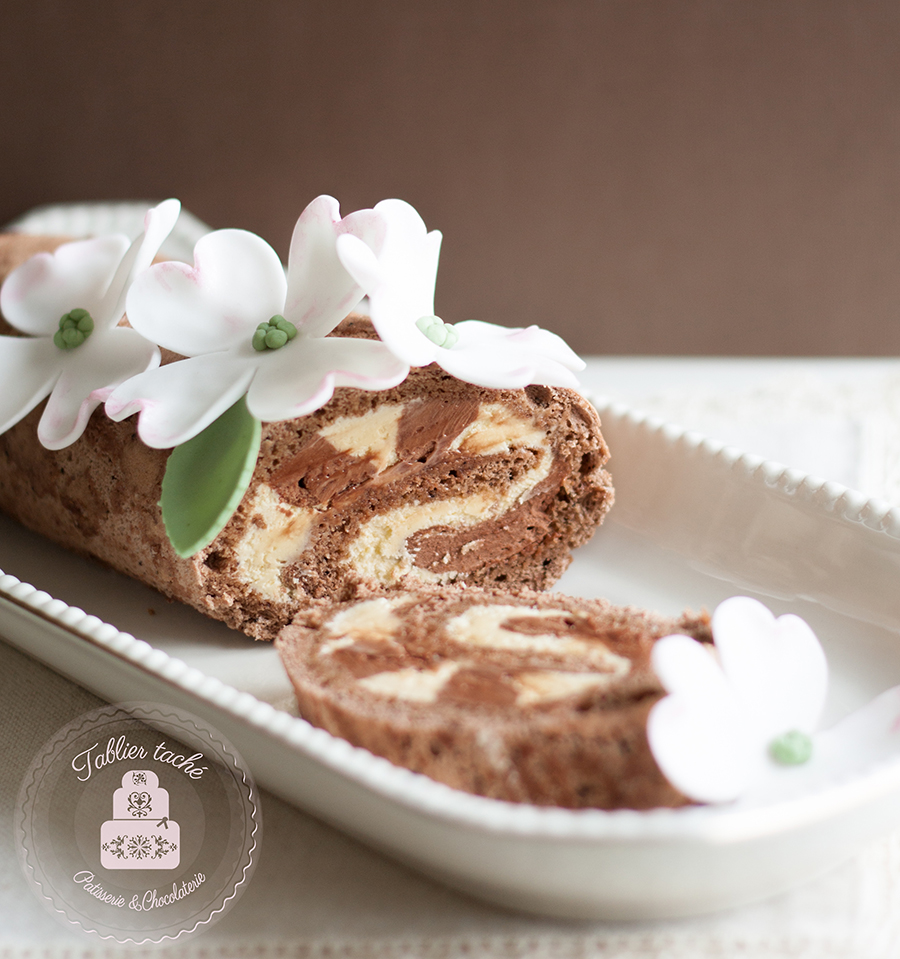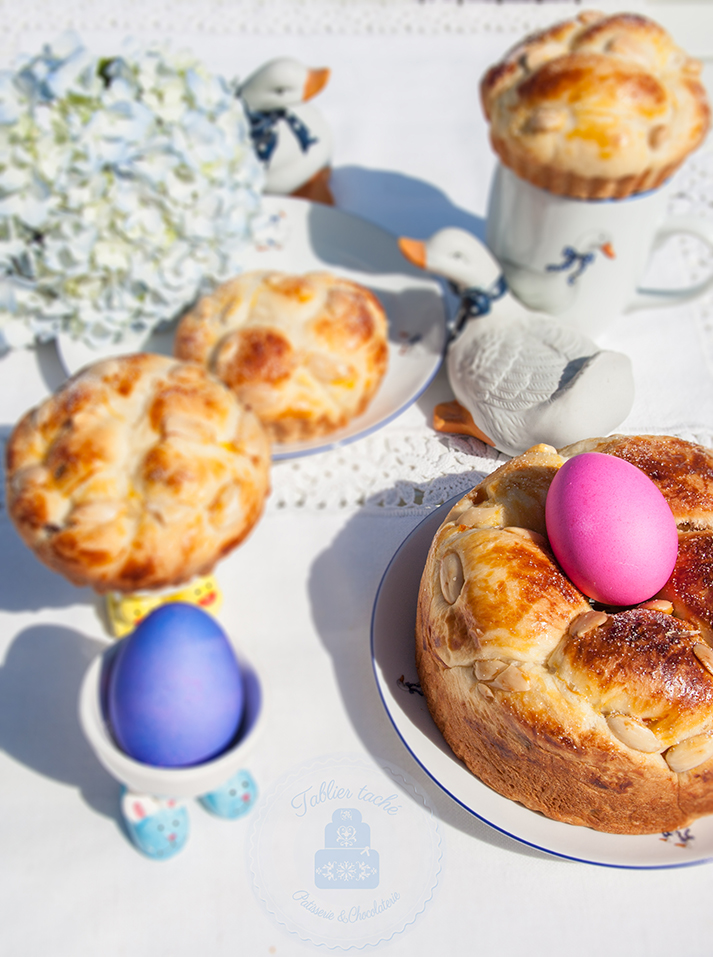Cake Mix Formulas
Genoise Cake (for cake pan with diameter 25 cm, 5 cm high) Have the cake form prepared first. Have the oven warmed to 170 ° C, convection bake. 5 large eggs 185 g sugar 185 g white flour 60 g butter 4 g vanilla extract Sponge Method: Beat the eggs and sugar until foamy pale mixture forms for about 8-10 min in a self standing mixer and about 15-18 min with a hand held mixer. This step is very important for achieving light texture which will assure great result on baking. Sift the flour and fold in the egg mixture in three steps. Make sure that the portion of flour is fully absorbed before adding the next one. Work with gentle movements - do not over mix! Vanilla extract is added in between the flour portions. Slowly pour the melted butter, dripping down the side of the mixing bowl. Stir it with careful motion. Fill in the form. Place immediately in the oven for about 35-40 min. Check with a toothpick after 30 min. Determine how moist the centre is. T...




